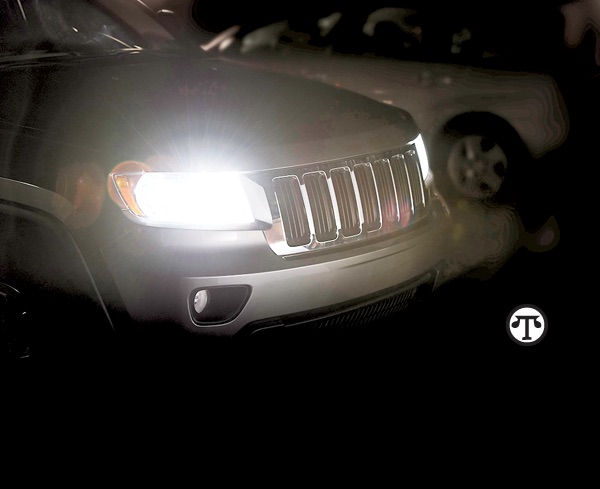
(NAPSI)—While many people know to check their oil and tire pressure before a road trip, there is one commonly overlooked car care component it would be a bright idea to remember: headlight maintenance.
As the National Safety Council points out, driving at night is more hazardous than at any other time since vision—one of the most important senses necessary for driving—is compromised. Depth perception, color recognition and peripheral vision are all affected.
The National Highway Traffic Safety Administration adds that the primary reason for severe nighttime accidents and reduced driving safety is dim, cloudy or improperly lit headlights. In fact, a 20 to 50 percent reduction in headlight output leads to a 90 percent increase in the possibility of an accident. Yet an estimated nine out of 10 cars on the road have dirty or yellowed headlights that greatly reduce vision and need to be replaced, repaired or restored.
Before hitting the streets, it’s important to not join the majority—check vehicle headlights and ensure that visibility is high. Try these headlight maintenance tips to prepare for the open road ahead and improve vehicle safety year-round.
- You have choices for better headlights: Better headlights can help increase visibility farther down the road, which in turn can help drivers feel safer and more secure when driving at dusk, dawn or nighttime. If there’s an object on the road, better headlights can help drivers react sooner. Any upgrade above a basic headlight replacement can create a better, safer experience for drivers. Many high-performance halogen headlights don’t increase glare, which avoids affecting other drivers on the road.
- Replace before burnout: Headlights can dim over time so make sure to replace them before they burn out. If you can’t remember the last time the headlights were changed, it may be time for an upgrade.
- Always swap in pairs: It’s very important to replace headlights in sets of two. Since headlights dim over their lifetime, a new bulb paired with an old bulb will create an uneven field of vision, which can be a major distraction on the road for oncoming traffic.
- Consider DIY: Depending on the vehicle’s make and model, changing the headlight bulbs can be a simple process that doesn’t require a mechanic or service professional. Various online guides exist to help consumers swap out headlight bulbs in a matter of minutes. Consult the vehicle’s owner’s manual for replacement procedures, needed tools and safety precautions.
- Restoration as an option: The average age of vehicles on the road today is more than 11 years old. Millions of these cars have faded, cloudy plastic headlight lenses. There are DIY restoration kits that can help you restore clarity and remove the hazy yellow appearance on headlight lenses. A good restoration kit can let up to three times more light shine on the road from the same, once cloudy headlight.
- Keep it clean: Be sure all vehicle lights, including headlights, taillights and turn signals, are clean.
Learn More
To shed further light on headlight facts and figures, see www.sylvania.com.
- Mr. Noble is an expert with SYLVANIA Automotive Lighting.
